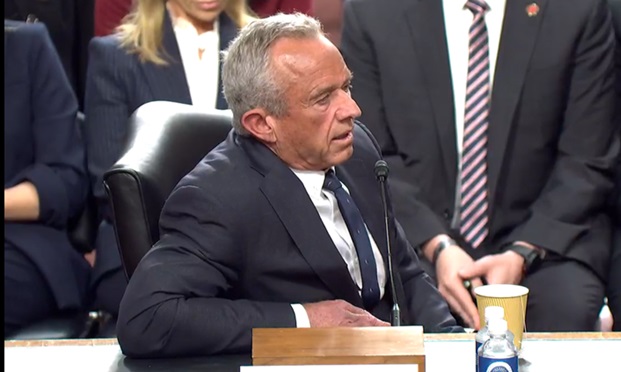Women are already used to doing more with less — lower salaries mean stretching budget dollars further, and sometimes mean finding additional paid work to make ends meet when those dollars start to snap back. And often that’s all done with less time spent in the workforce, thanks to caregiving and other responsibilities.
Related: No gender equality in savings, retirement
They’re behind the curve when it comes to retirement, too, with a smaller pool of money to save from to pay their expenses once they’re no longer working. But according to a Wall Street Journal report, health care is likely to cost them 20 percent more in retirement than it will men.
Why? Women’s longer lifespans are to blame, says a study from HealthView Services. In “The High Cost of Living Longer: Women & Retirement Health Care,” HealthView pointed out that half of American women are projected to live approximately to age 90 and 25 percent are expected to come close to the century mark.
While that may sound like good news, the not-so-good news, the report adds, is women “will likely live [their] last years alone.”
Related: Health costs still putting Americans in poverty
And here’s the really bad news: Health care inflation and rising medical needs that accompany aging means women “will face more years of health care expenses than men and greater costs for each additional year of life.”
The report says a 65-year-old woman retiring this year can expect to spend more than $235,000 on health insurance premiums over the rest of her lifetime, while men are projected to spend $200,000. That includes Medicare Part B and D premiums, Medicare supplement insurance and the assumption that health care costs will increase by about 6 percent annually.
And then there are dental, vision and hearing-related services, which together boost total retirement health care costs to $306,000 for that 65-year-old woman, compared with $260,000 for men.
Related: Americans spending less on other things because of health costs
And forget about long-term care; Medicare doesn’t cover it, with few exceptions, and the report says a 55-year-old woman is likely to spend $370,000 on a mix of home care, a nursing home or an assisted-living facility. That would require additional savings of $61,200, saved today and bringing in a return rate of 6 percent — not a likely possibility in today’s interest rate climate.
Oh, and one more thing: those estimates aren’t for those with high incomes or those in good health. Singles with incomes exceeding $85,000 and couples with incomes topping $170,000 can expect to be slammed with surcharges ranging from 40 percent to 200 percent for those Medicare Part B and D premiums. And if they’re healthy, they’ll live long enough to boost their lifetime medical expenses.
© Touchpoint Markets, All Rights Reserved. Request academic re-use from www.copyright.com. All other uses, submit a request to [email protected]. For more inforrmation visit Asset & Logo Licensing.






